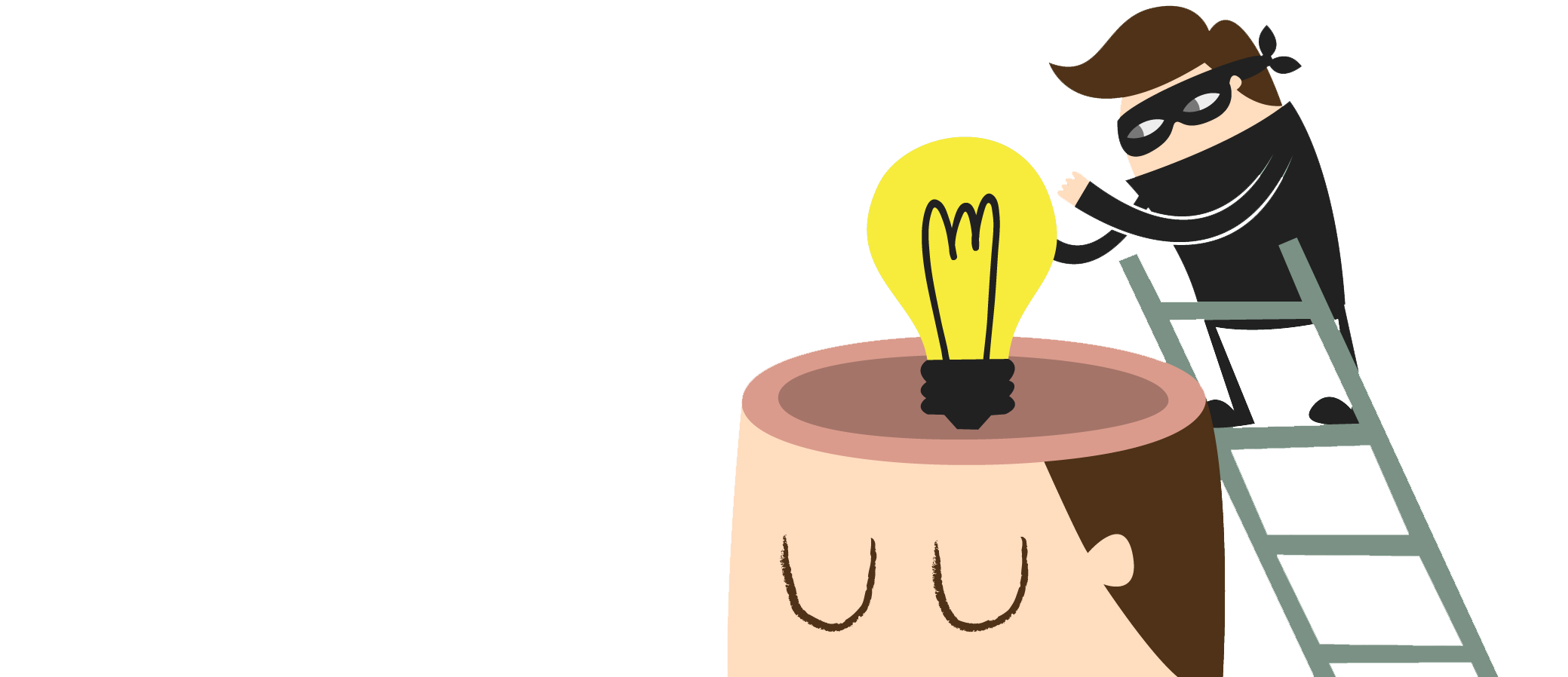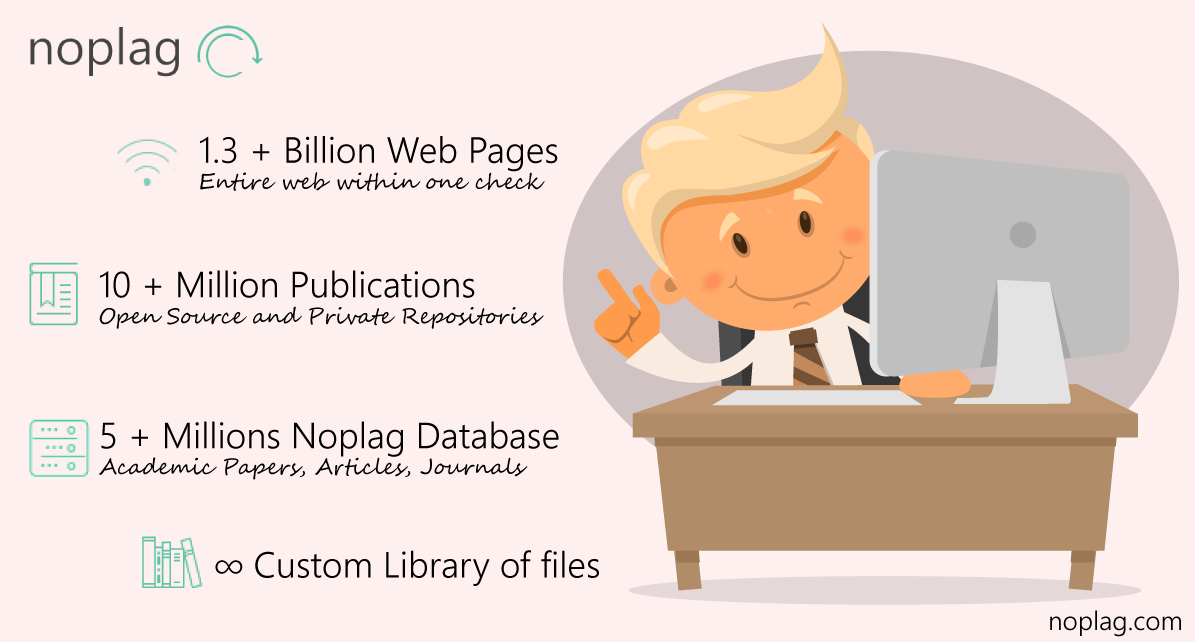The abundance of online resources have increased the number of plagiarized papers for the last decade.
Who cares to spend long hours composing a unique text if you can pick up several pieces from different sources or even copy and paste the whole paper in a matter of minutes? Such practice is very popular, so educators should be aware of the ways how to recognize plagiarism, prevent it and deal with the cases when it was detected.
What is Academic Plagiarism?
Any case of copying, intentionally omitting quotation marks or references, asking other people to write a text for you, presenting someone else’s work as your own creation, stating or implying this viewpoint is known as academic plagiarism. There are several classifications of plagiarism types and each plagiarism case is both illegal and immoral. These are two main reasons why almost every educational institution all around the globe tries to solve this problem or at least minimize the number of plagiarized papers. But how can teachers, who have to look through hundreds of similar works on a regular basis, spot plagiarism? Here are some useful hints.
The Features of a Plagiarized Paper
There are many easy-to-spot features of the written text that give away cheating and using other people’s compositions. Some of them can be noticed at first sight at the text, the others – while reading it, but in any case, they are catchy hints that should provoke a teacher to submit the text to plagiarism check.
- Sudden change in style of writing
When you read a student’s paper, you immediately get used to his or her diction. Use of similar sentences, structures, language can be seen throughout the whole piece. But as soon as you notice a shift in the writing style, it is time to think twice: could a person change his presentation style so roughly? Undoubtedly, it is impossible.
- Use of different fonts or font color
Only a lazy guy will not change the font of the copied paragraph or sentence, but it happens not rarely. Some of the students just do not wish or have time to retype the text from the website that can’t be changed by one click. They hope for luck, but teacher’s task is to punish such initiative.
Font color can be also different even if the submitted paper is black-and-white. Hyperlinks are always colored blue and underlined and even such minor change of shade can be a signal to check the document.
- Sentences in the first person singular
Most of the academic papers are written in the first person plural as it is a pair work of the student and his or her instructor. Use of such sentences like “My long-term experience in this sphere…”, “Working as a psychologist I…” and so on have nothing to do with real student’s life experience, so can be apparent cases of poor rewriting.
- Mentioning the outdated information
It happens that students call a former president, previous century, year a current one, refer passed away researchers to living etc. Such it may seem rough mistakes can be evidence of accidental plagiarism as well.
- Quotation instead of citation
The absence of proper citing and the author of the quote are ones of the obvious plagiarism cases.
- Mismatched references
Either it is a deliberate or accidental case of mismatches as well as missing sources anyway it is a kind of cheating. That is also a reason to check the text against similarities to avoid plagiarism.
- A paper does not correspond with the assigned topic
Usually, students do not wish to get into details and plagiarize papers that are only slightly connected with the main topic. That is the reason to formulate each topic as precisely as possible to prevent them from presenting someone’s works as his or hers.![17195-NR2VHF-[Converted]](https://blog.noplag.com/wp-content/uploads/2017/07/17195-NR2VHF-Converted.png)
Use of Plagiarism Checker
A teacher, who has suspected that the delivered paper is not completely unique, can opt for several variants to ensure. Of course, it is possible to rely on Google search and paste the pieces of text to find the original source. This approach can give results, but it is rather time-consuming and not fully reliable. The most reasonable way is to find an accurate and reliable plagiarism checker for teachers. If the tool is modern and professional like Noplag, the best free plagiarism checker, it will check the document for similarities not only against the own database of the tool but also millions of online sources and private repositories; it can even detect the cases of translation plagiarism, let alone summarizing and paraphrasing.
How to Deal With Plagiarism: Tips For Teachers
The most common excuse of students is saying that plagiarizing was not intentional. At the same time, many students do not know what exactly plagiarism is and how it can be avoided. That means that teachers should pay attention to the problem and:
- Show examples of plagiarism on a regular basis;
- Tell students about all the plagiarism types;
- Share with students about the consequences that were and can be applied;
- Encourage students to follow the plagiarism policy of the educational establishment;
- Assign plagiarism tasks to those, who have made an attempt to cheat etc.
Strategies to Prevent Plagiarizing
Each teacher has to try hard and initiate anti-plagiarism measures. For these purposes, one can use the following strategies:
- Discover what motivates students to plagiarize. If it is a lack of time, for example, a teacher should assign tasks earlier for students to have more time for it.
- Explain to students what plagiarism is, what consequences of its use and that any excuses for plagiarism will not be accepted.
- Offer practice on citing and referencing for every student to be able to do that properly.
- Follow strict policy concerning plagiarism cases. Apply rules and tell students about the punishment they will face if caught red-handed.
 Studying is like a battle: only that one will win who is armed. That means that teacher’s task in the struggle against plagiarism is to arm students with as much information about the issue as possible. There is always less desire to cheat if you know how severely you can be punished. And what is the sense in cheating if you can transform plagiarism into a unique text? Plagiarism can be prevented only in cases when students feel confident in their knowledge and have no difficulties in composing exclusive texts. That means that teachers should focus on expanding student’s knowledge about plagiarism and ways to prevent it instead of looking for new ways to punish them.
Studying is like a battle: only that one will win who is armed. That means that teacher’s task in the struggle against plagiarism is to arm students with as much information about the issue as possible. There is always less desire to cheat if you know how severely you can be punished. And what is the sense in cheating if you can transform plagiarism into a unique text? Plagiarism can be prevented only in cases when students feel confident in their knowledge and have no difficulties in composing exclusive texts. That means that teachers should focus on expanding student’s knowledge about plagiarism and ways to prevent it instead of looking for new ways to punish them.
Latest posts by Noplag (see all)
- Periodix: intelligent job matching for freelancers | Noplag review - March 30, 2018
- Hard Work VS Talent: Who Beats Whom? - December 15, 2017
- Listening To Music While Doing Homework: Is It A Good Idea? - December 12, 2017

